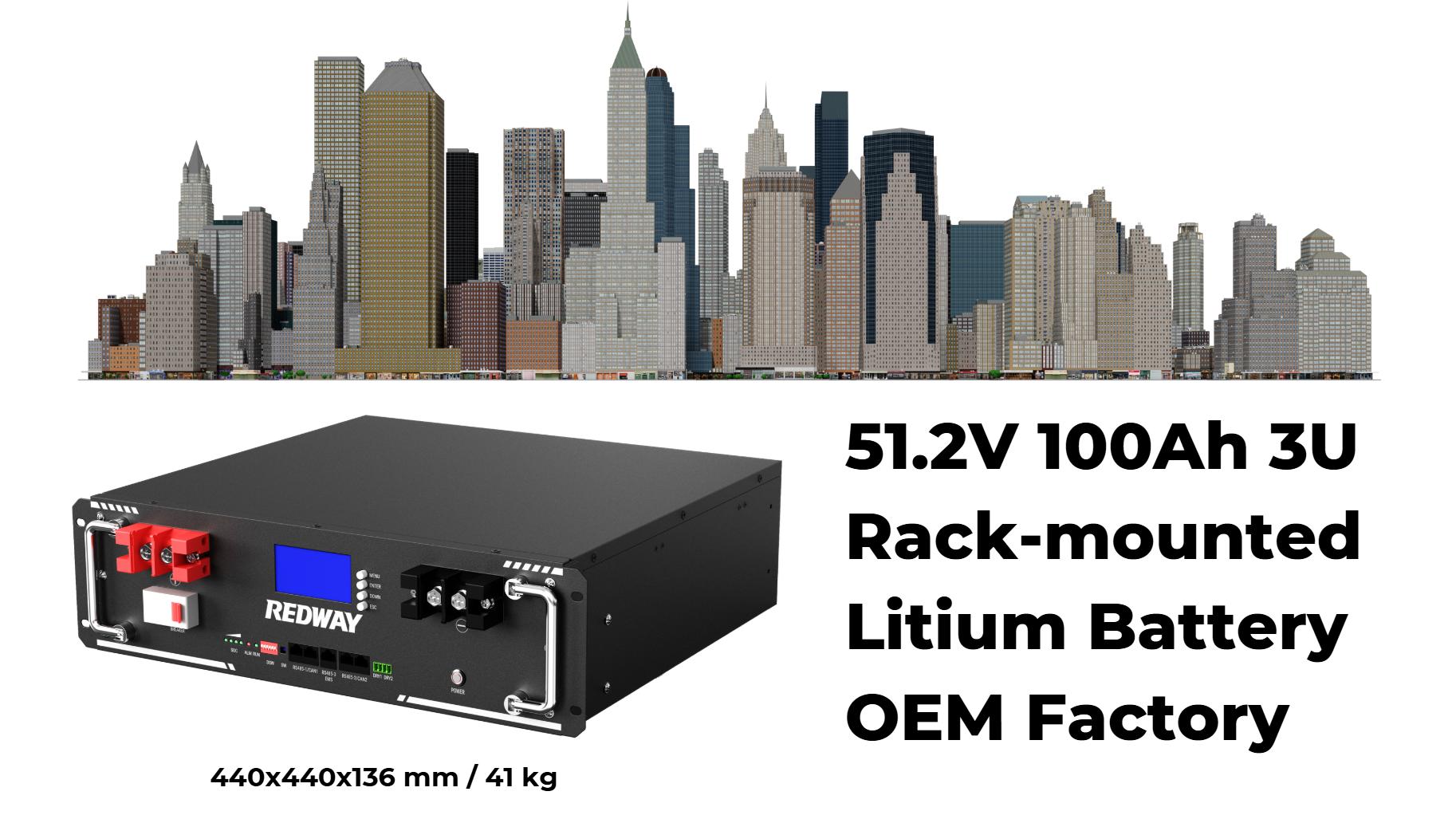Considering environmental factors when choosing a battery is crucial for promoting sustainability and minimizing ecological impacts. By evaluating aspects such as production processes, material sourcing, and end-of-life management, consumers can make informed decisions that align with environmental goals while supporting cleaner energy solutions.
Why Is It Important to Consider Environmental Factors When Choosing a Battery?
Environmental considerations are vital when selecting batteries because they directly impact resource depletion, pollution levels, and overall sustainability. Understanding these factors helps consumers choose batteries that not only meet their energy needs but also contribute positively to environmental conservation efforts.Chart: Importance of Environmental Factors
| Factor | Description |
|---|---|
| Resource Conservation | Reduces reliance on finite materials |
| Pollution Reduction | Minimizes harmful emissions |
| Sustainable Practices | Promotes eco-friendly technologies |
What Are the Environmental Impacts of Battery Production?
Battery production can have significant environmental impacts, including carbon emissions from manufacturing processes, pollution from mining activities, and waste generation during production. Understanding these impacts is essential for making environmentally responsible choices.Chart: Environmental Impacts of Production
Wholesale lithium golf cart batteries with 10-year life? Check here.
| Impact | Description |
|---|---|
| Carbon Footprint | Emissions from manufacturing |
| Resource Depletion | Mining for raw materials |
| Water Pollution | Contaminants from production |
How Do Different Battery Chemistries Affect Sustainability?
Different battery chemistries have varying environmental footprints. For instance, lithium-ion batteries often rely on cobalt and nickel, which involve environmentally damaging mining practices. In contrast, LiFePO4 batteries use more abundant materials that are less harmful to extract.Chart: Comparison of Battery Chemistries
| Chemistry | Sustainability Rating |
|---|---|
| Lithium-Ion | Moderate |
| LiFePO4 | High |
| Sodium-Ion | Potentially High |
Know More:
Want OEM lithium forklift batteries at wholesale prices? Check here.
How Do LiFePO4 Batteries Contribute to Sustainable Energy Solutions?
What Recycling Options Are Available for Used LiFePO4 Batteries?
Why Is It Important to Consider Environmental Factors When Choosing a Battery?
What Role Does Recycling Play in Reducing Environmental Impact?
Recycling plays a crucial role in reducing the environmental impact of batteries by recovering valuable materials, thus decreasing the need for new resource extraction. Proper recycling processes also prevent hazardous waste from entering landfills or contaminating ecosystems.Chart: Benefits of Recycling
| Benefit | Description |
|---|---|
| Material Recovery | Reuse valuable components |
| Waste Reduction | Minimize landfill contributions |
| Energy Savings | Lower energy costs compared to new production |
How Can Innovations in Battery Technology Enhance Sustainability?
Innovations such as solid-state batteries, sodium-ion technology, and metal-free alternatives are emerging as sustainable options that reduce reliance on harmful materials and improve recycling efficiency. These advancements aim to create cleaner energy storage solutions with lower environmental impacts.Chart: Innovative Technologies
| Technology | Sustainability Advantage |
|---|---|
| Solid-State Batteries | Reduced flammability |
| Sodium-Ion | Abundant raw materials |
| Metal-Free Batteries | Lower toxicity |
How Do Lifecycle Assessments Help Evaluate Battery Options?
Lifecycle assessments (LCA) evaluate the environmental impact of batteries throughout their entire lifecycle—from raw material extraction through production, use, and disposal. This comprehensive analysis helps consumers understand the true ecological footprint associated with different battery options.Chart: Lifecycle Assessment Stages
| Stage | Description |
|---|---|
| Raw Material Extraction | Impact from mining activities |
| Manufacturing | Emissions during production |
| Usage | Energy consumption during operation |
| End-of-Life | Waste management considerations |
What Are the Long-Term Effects of Improper Battery Disposal?
Improper disposal can lead to severe long-term environmental consequences such as soil contamination from toxic metals, water pollution from leachate, and increased greenhouse gas emissions from incineration or landfill decomposition. Responsible disposal practices are crucial for mitigating these risks.Chart: Effects of Improper Disposal
| Effect | Description |
|---|---|
| Soil Contamination | Heavy metals leaching into soil |
| Water Pollution | Toxic substances entering waterways |
| Increased Emissions | Greenhouse gases from landfills |
How Can Consumers Make Informed Choices About Batteries?
Consumers can make informed choices by researching battery technologies, considering environmental certifications, and opting for products with sustainable sourcing practices. Engaging with manufacturers about their recycling programs can also help ensure responsible end-of-life management.Chart: Making Informed Choices
| Strategy | Description |
|---|---|
| Research Technologies | Understand different chemistries |
| Look for Certifications | Seek eco-labels or standards |
| Engage Manufacturers | Ask about recycling initiatives |
Conclusion
Considering environmental factors when choosing a battery is essential for promoting sustainability and reducing ecological impacts associated with energy storage technologies. By understanding production processes, material sourcing, recycling options, and innovations in battery technology, consumers can make choices that align with their values while supporting a greener future.
Expert Views
“Choosing batteries with strong environmental considerations is not just about performance; it’s about ensuring a sustainable future,” states an expert from Redway. “As technology evolves, we must prioritize eco-friendly options that minimize our ecological footprint.”
FAQ Section
- Why should I consider environmental factors when choosing a battery?
Considering these factors helps reduce resource depletion and pollution while promoting sustainability. - What are some sustainable alternatives to traditional lithium-ion batteries?
Options include LiFePO4 batteries, sodium-ion batteries, and solid-state technologies. - How can improper disposal affect the environment?
Improper disposal can lead to soil contamination and water pollution due to toxic substances leaching into ecosystems.






